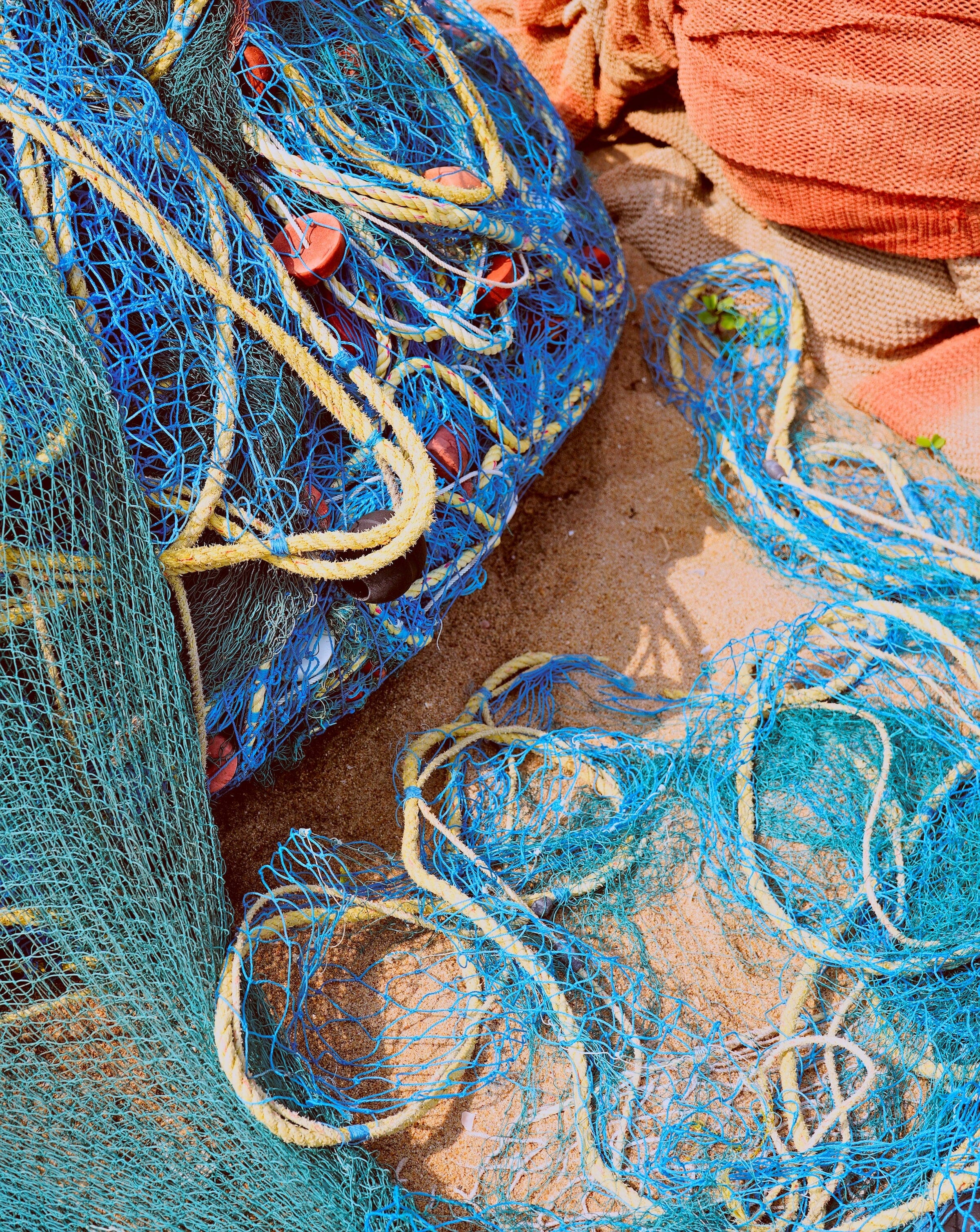
Recycled fishing net - From fishing net to sunglasses
In this article you will find out how fishing nets become dangerous ghost nets and why our sustainable fishing net sunglasses are the answer to this problem.
Discover our fishing net sunglasses here!
What are ghost nets?
Ghost nets are free-floating, abandoned fishing nets. They haunt our oceans and continue to fish endlessly and pointlessly. According to WWF, it is estimated that there are 5,000-10,000 new power supplies in the Baltic Sea alone every year (WWF Poland 2011). Ghost nets make up between 30-50 percent of the plastic in the ocean.
How does a fishing net become a ghost net?
In deep-sea fishing, trawl nets break away from boats during storms. Bottom trawls get caught on obstacles such as shipwrecks, rock formations or reefs. Gill nets are run over by ships or come loose from their anchorage. Fishing nets are often disposed of improperly after damage and are instead disposed of in the sea. Especially when a fishing boat runs the risk of being caught by the authorities while illegal fishing, the easiest way is to cut the nets and throw them overboard. An eternal vicious circle fueled by careless consumption.
Why are ghost nets a problem?
Snagged nets on wrecks pose a problem in that they continue to catch and imprison people indefinitely. Since shipwrecks represent a very diverse habitat under water, all sorts of animals and plants live there. Small fish looking for food get caught in the net and serve as bait for larger predatory fish and mammals. Even submersible birds get caught in the nets while searching for food underwater. All of these animals ultimately starve or drown slowly and painfully in the fishing nets.
Was ist der Great Pacific Garbage Patch?

(Foto: Global Trash Solutions)
The Great Pacific Garbage Patch is 1.6 million km² in size, making it the largest of five garbage patches in our region oceans. 1.6 million km² is 4.5 times the size of Germany. This huge floating island of garbage consists of 46% old fishing tools and 99% plastic
What are the causes of the problem?
- The first cause of the problem is increasing global fish consumption per capita while at the same time increasing overfishing and species extinction in the oceans.
- The second cause is illegal fishing in some countries in South America, Asia and Africa. If an illegal fishing boat is in danger of being caught, it will cut the fishing nets in order to escape.
- The third cause is the lack of awareness of the problem. On the one hand in the industry, but also in our population, i.e. the consumers. As soon as there is awareness of topics such as careful and sustainable fish consumption and environmentally friendly fishing methods, we will be able to counteract the problems of ghost nets.
What are the nets and sunglasses made of?
Our sunglasses from WAVE HAWAII are old recycled fishing nets. These nets and our sunglasses are made of the same material. Polypropylene, polyethylene and polyamide (nylon) are the materials from which fishing nets are made. The recyclables cycle into which the fishing nets enter after salvaging makes our sunglasses sustainable fashion products made from recycled ghost nets.
What can I do?
Here are 5 tips to draw attention to the topic of ghost nets in the ocean.
- Talk to your loved ones about fishing nets. You can simply pick up this article, it will help you!
- Choose your stylish WAVE HAWAII fishing net sunglasses in our shop. Share your experiences to raise awareness of the topic.
- Get involved yourself! Simply pick up the piece of plastic or garbage and put it in the nearest trash can It may take a little bit of effort for you because you you are the only person who withholds garbage from our nature. But the good thing is: You know better!
- Simply add the free WAVE HAWAII garbage collection set to your order. We'll also include a garbage tongs and a garbage bag . That will definitely help you!
- Listen to yourself and ask yourself how your fish consumption is going.
Side-Fact:
There are some exciting projects that are also working to combat ocean pollution: The Ocean Cleanup, Ghost Diving and WWF.



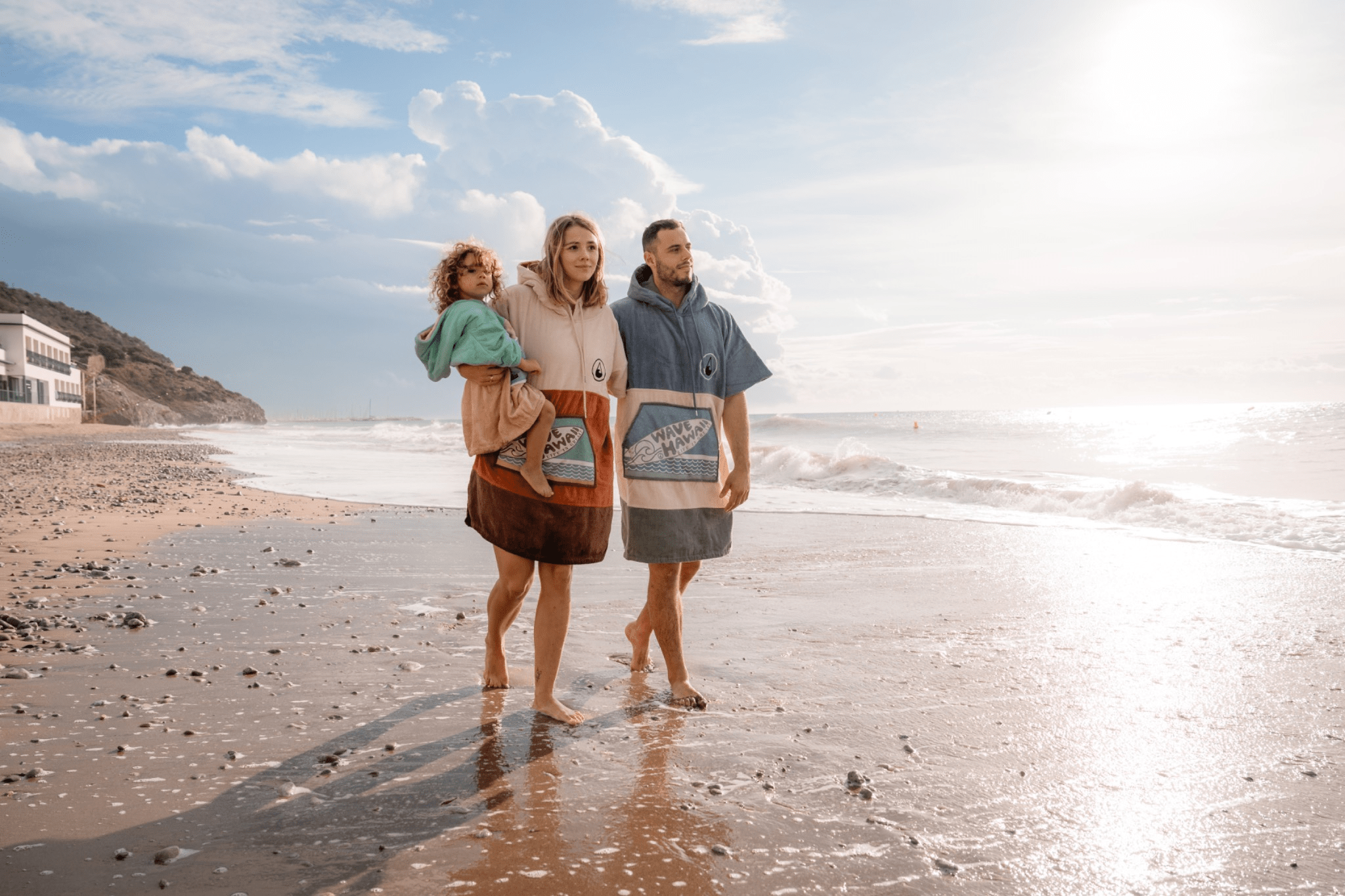


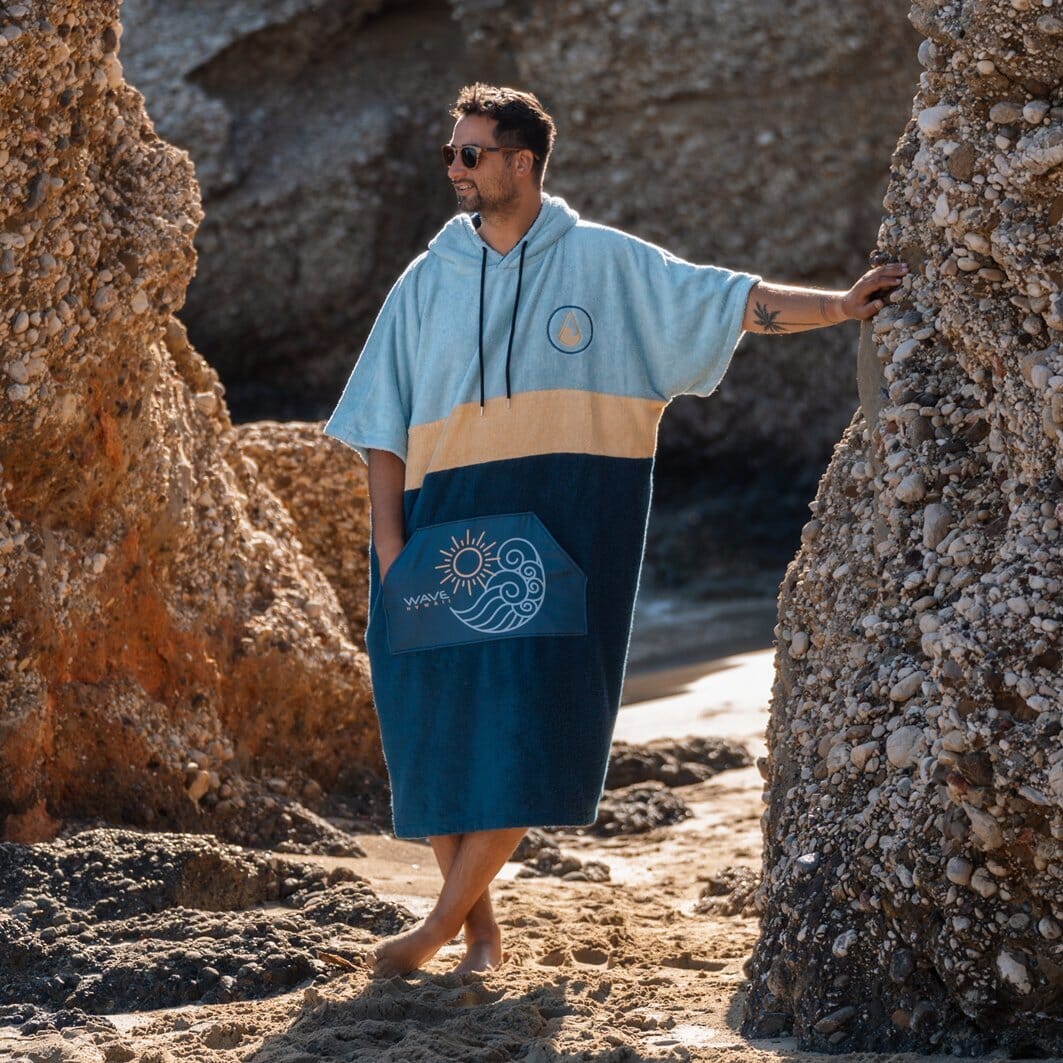

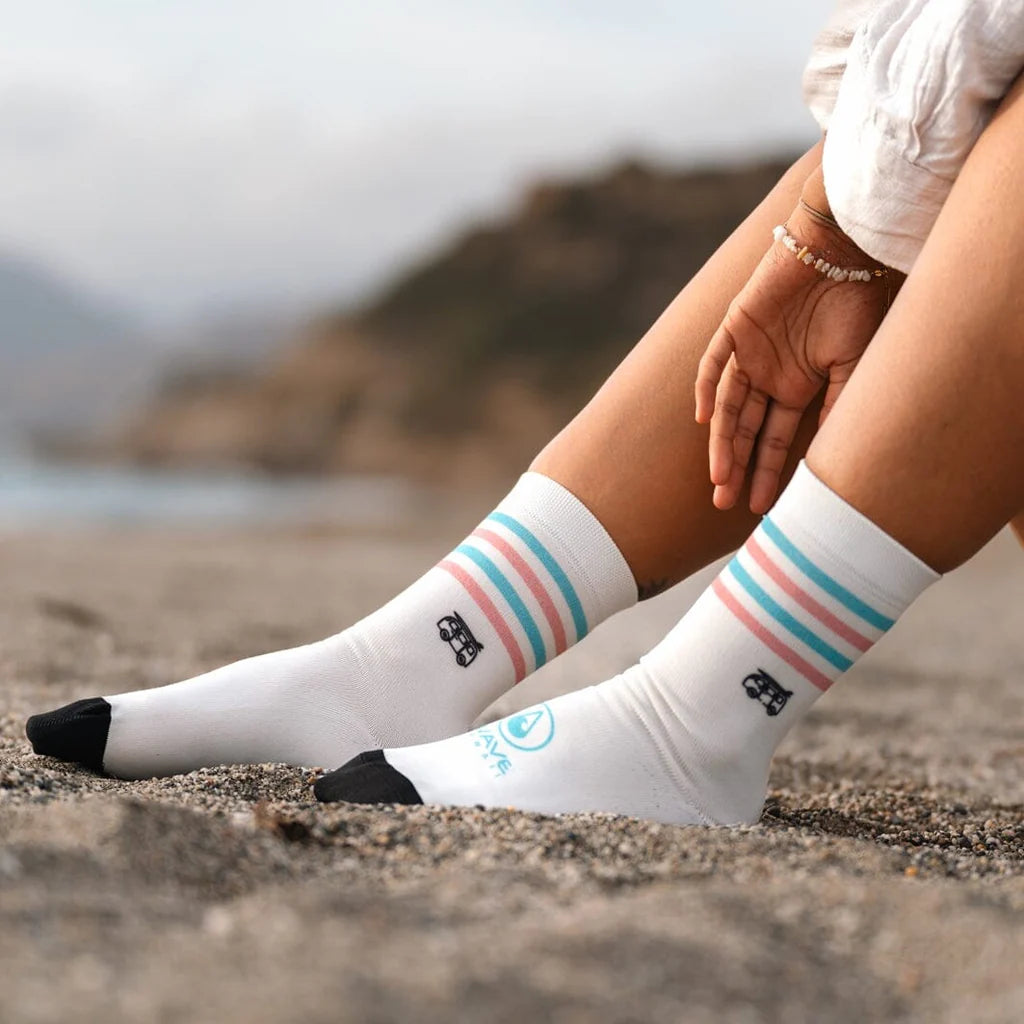
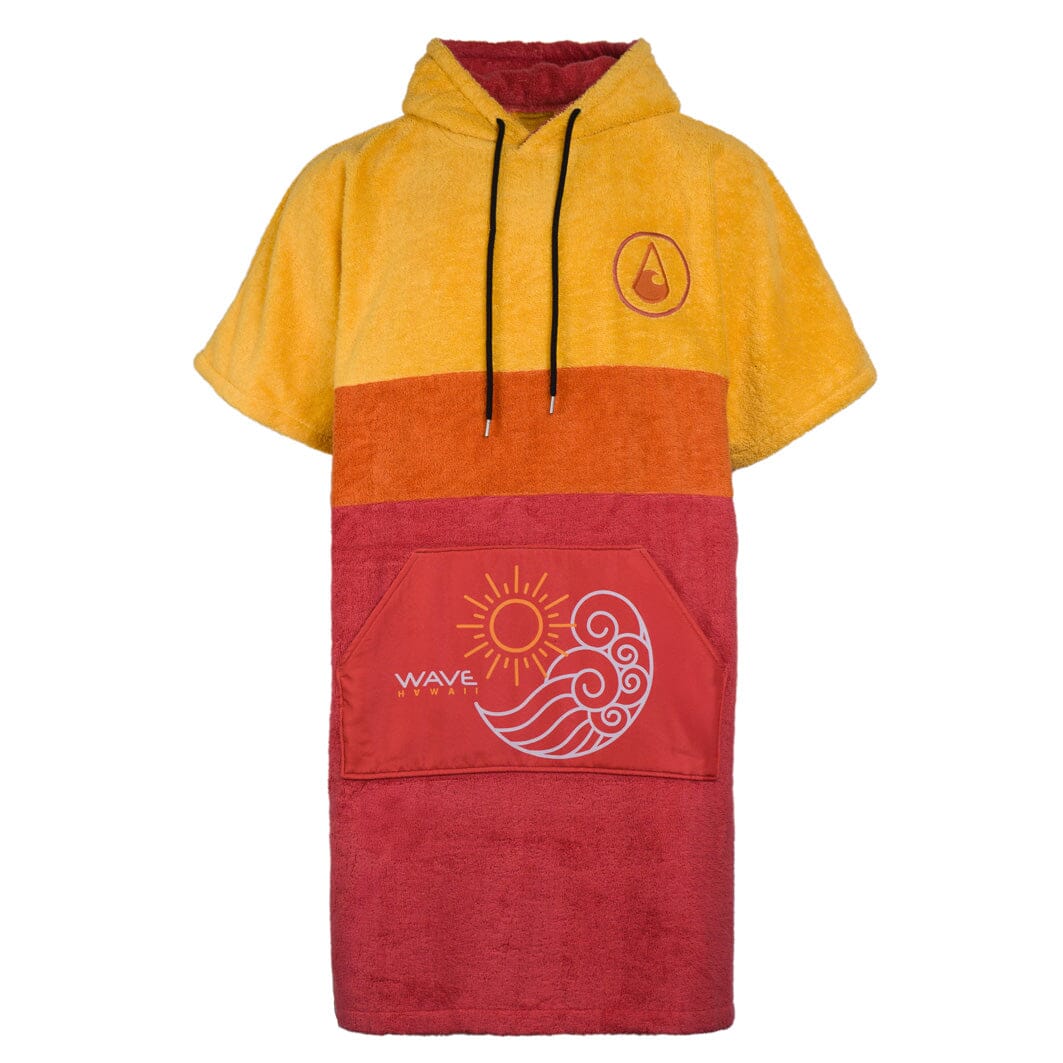
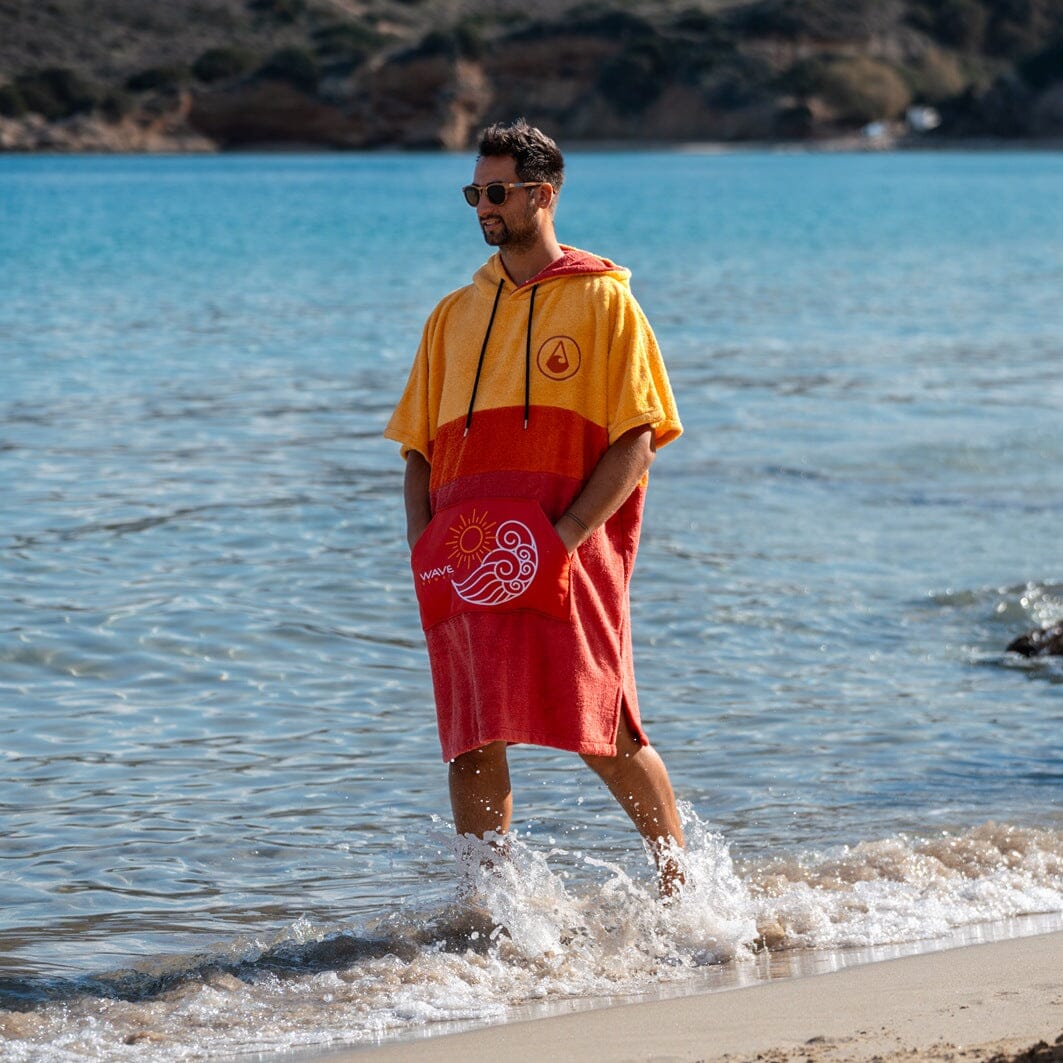
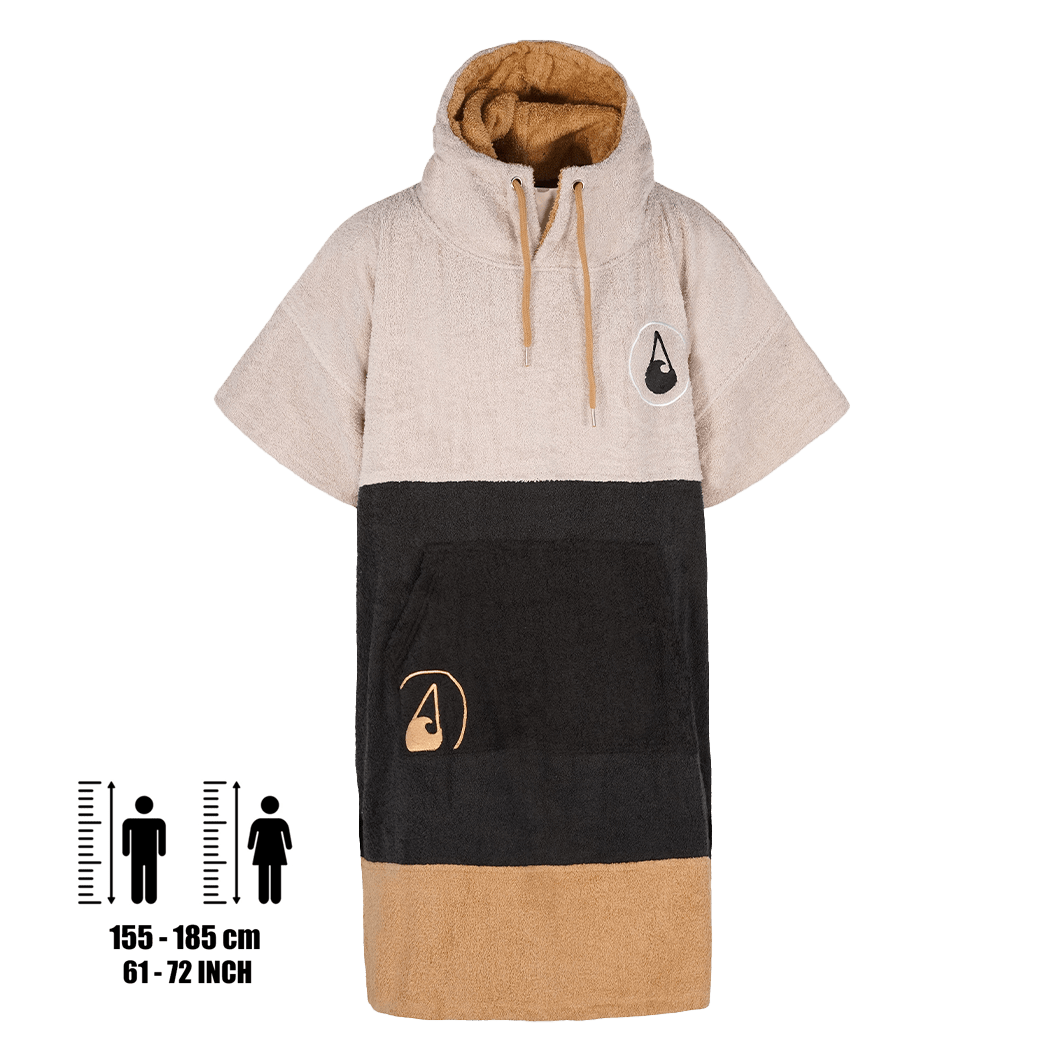

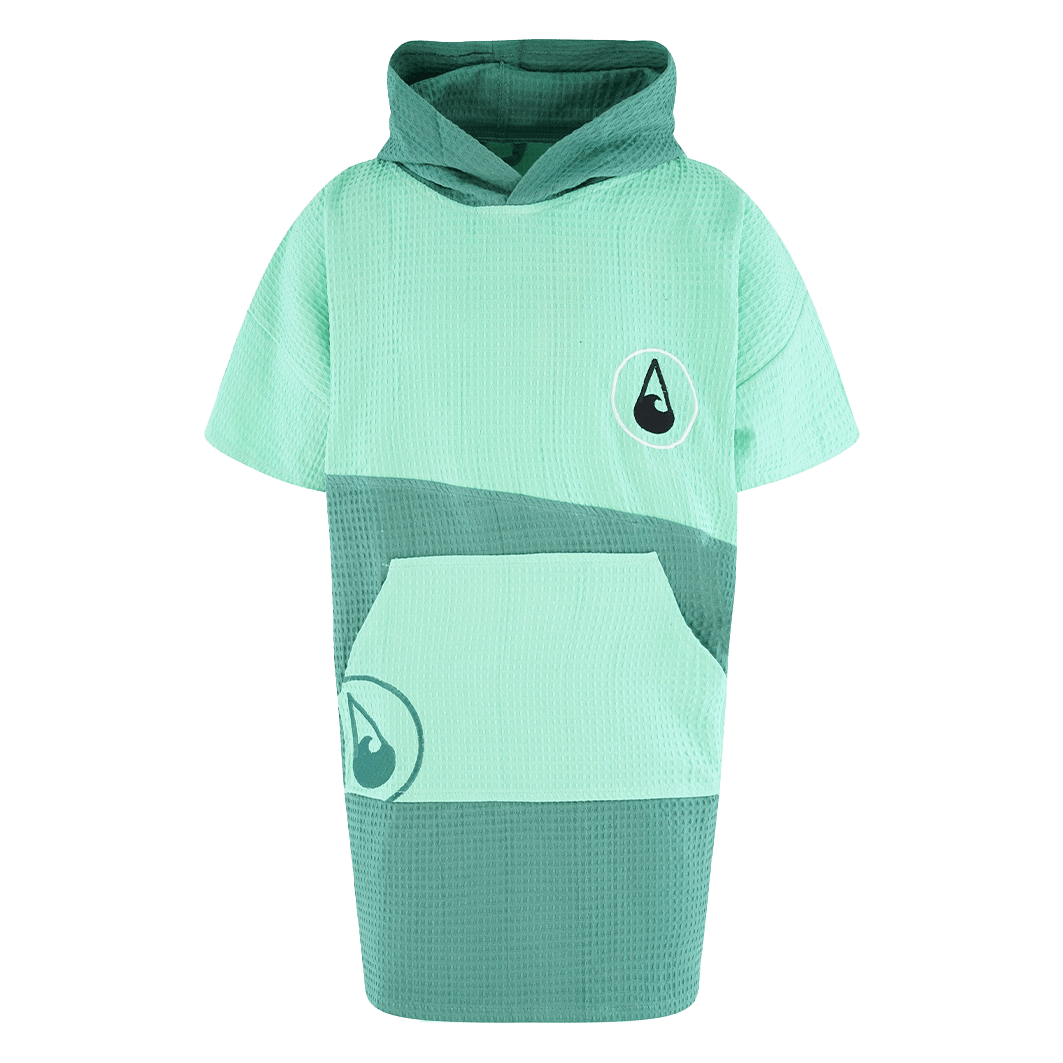
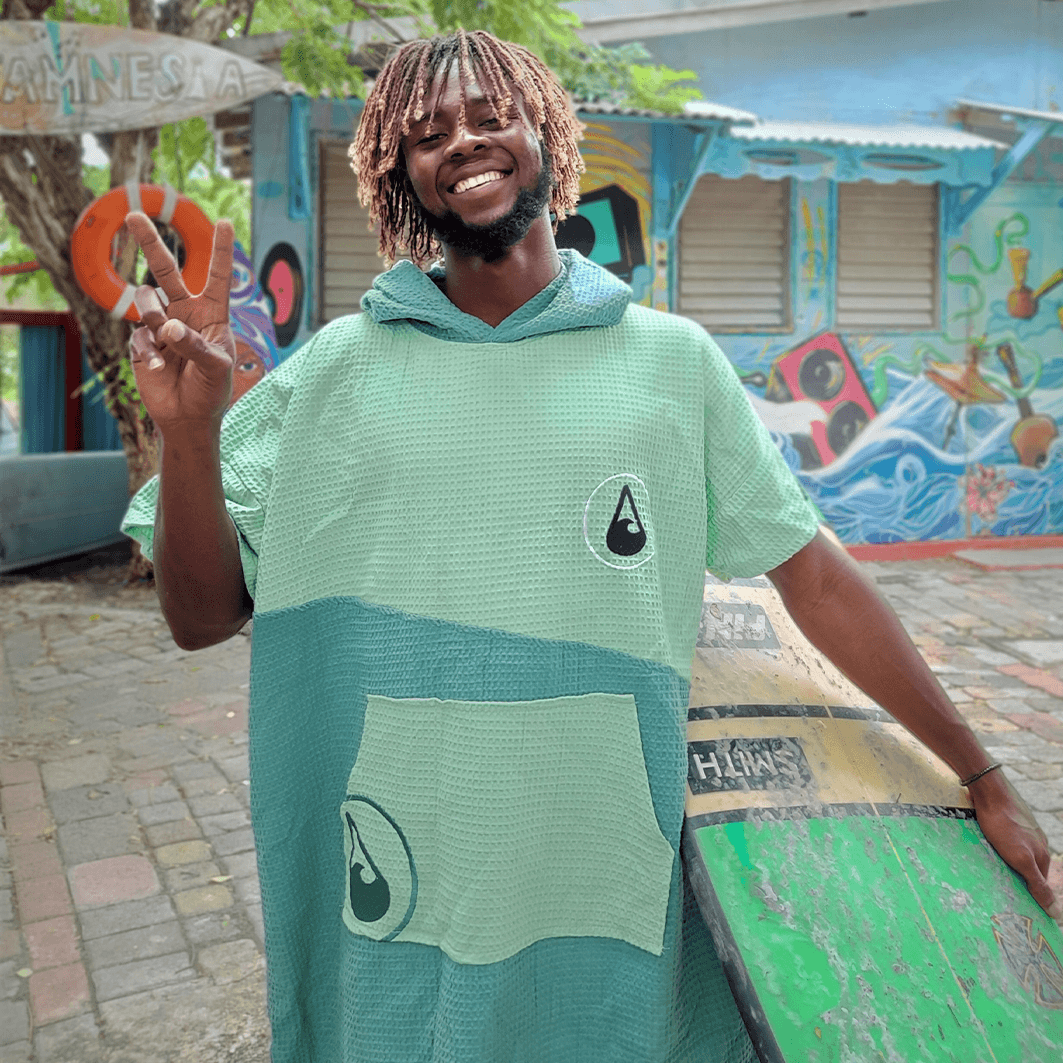
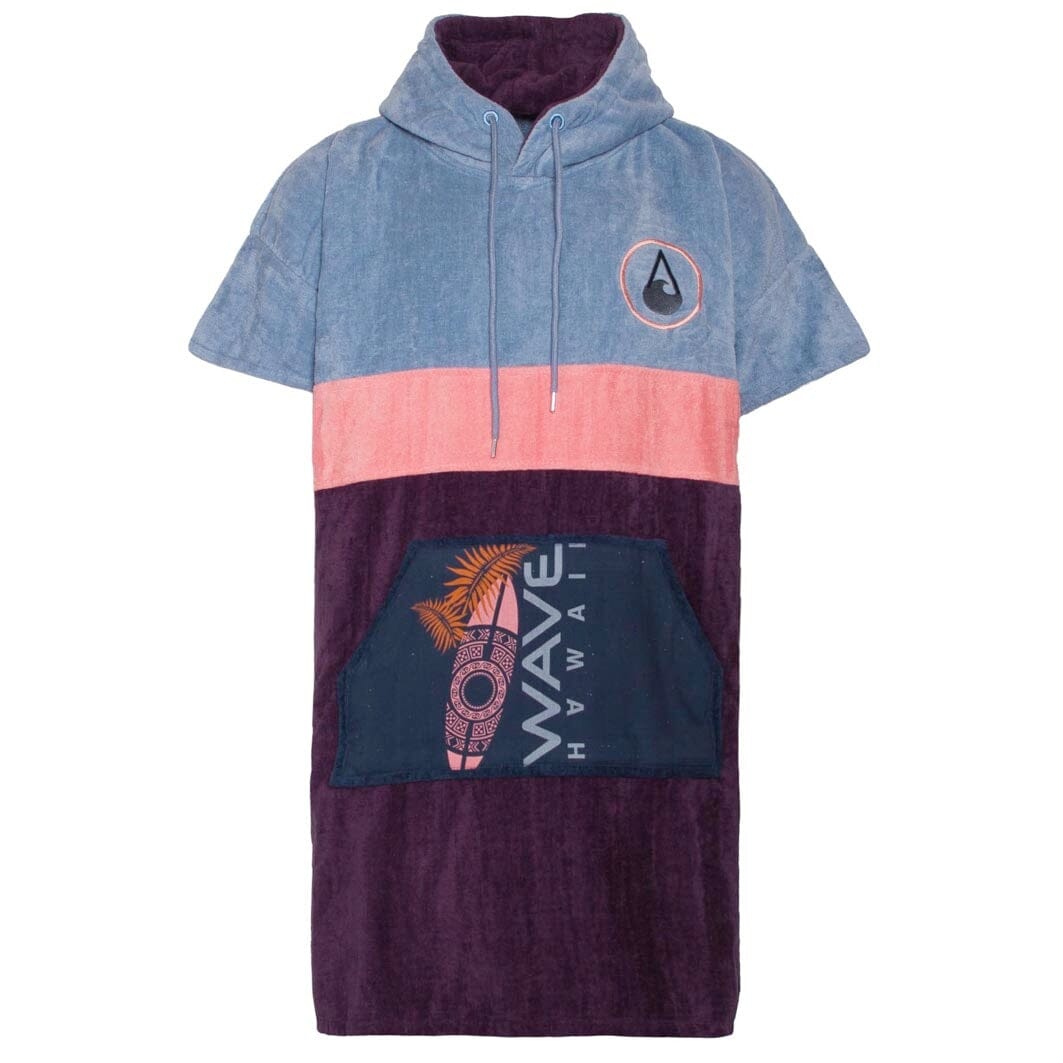
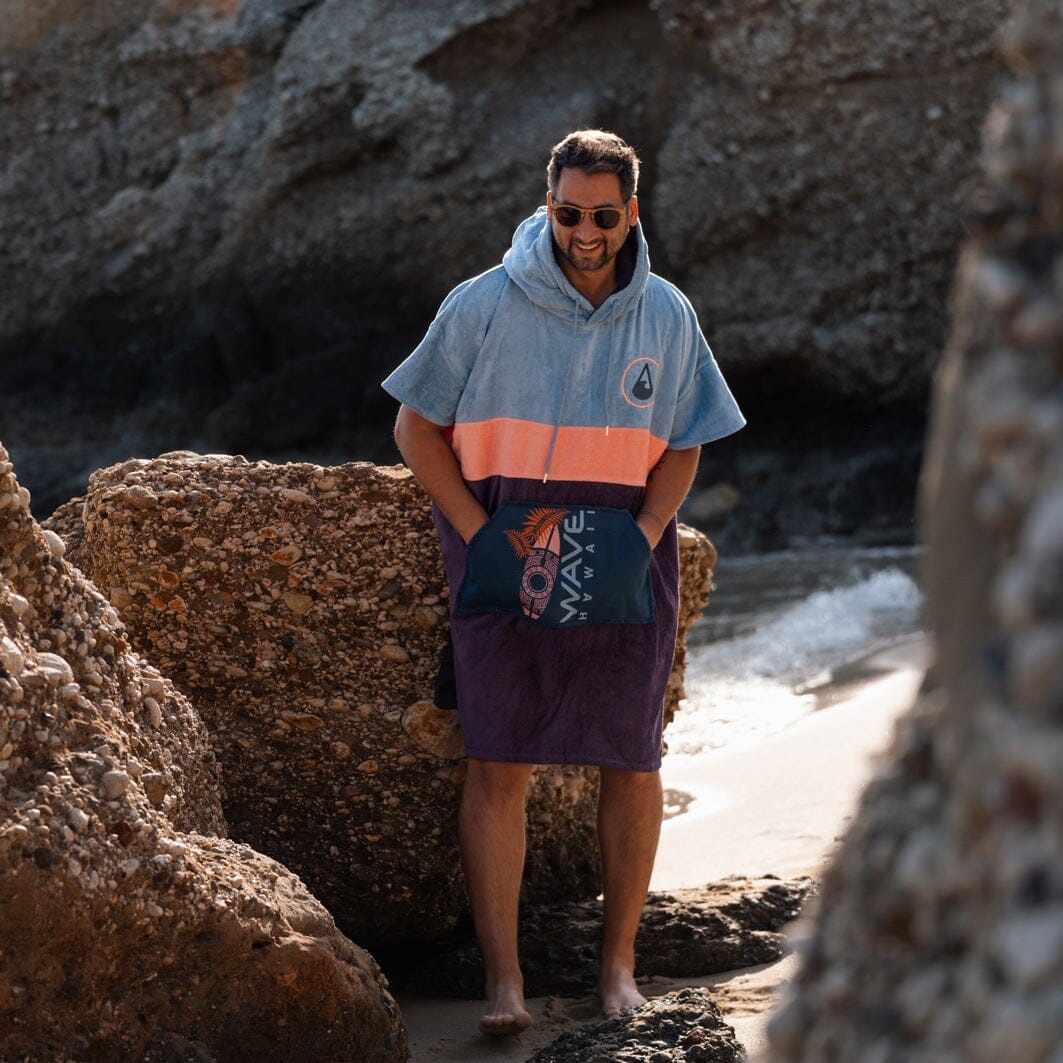
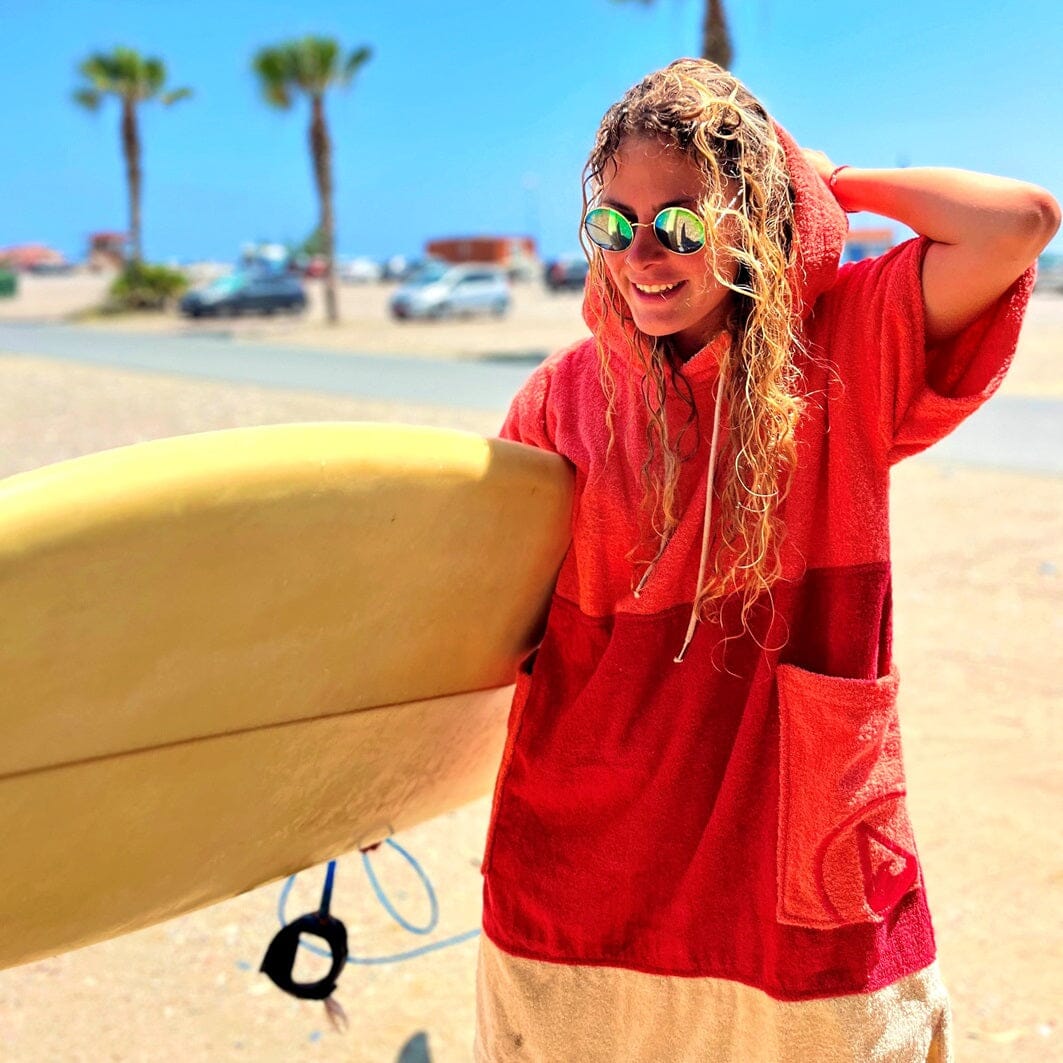
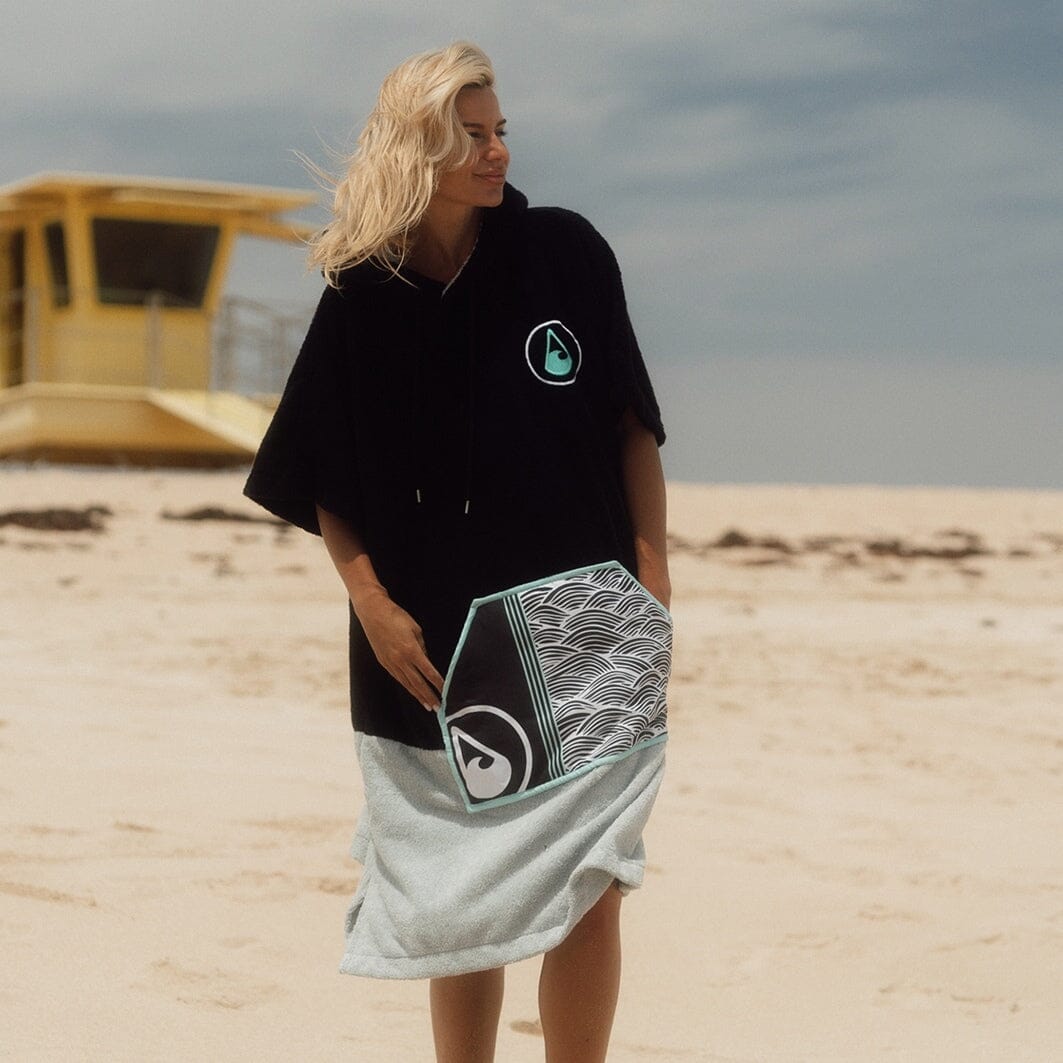
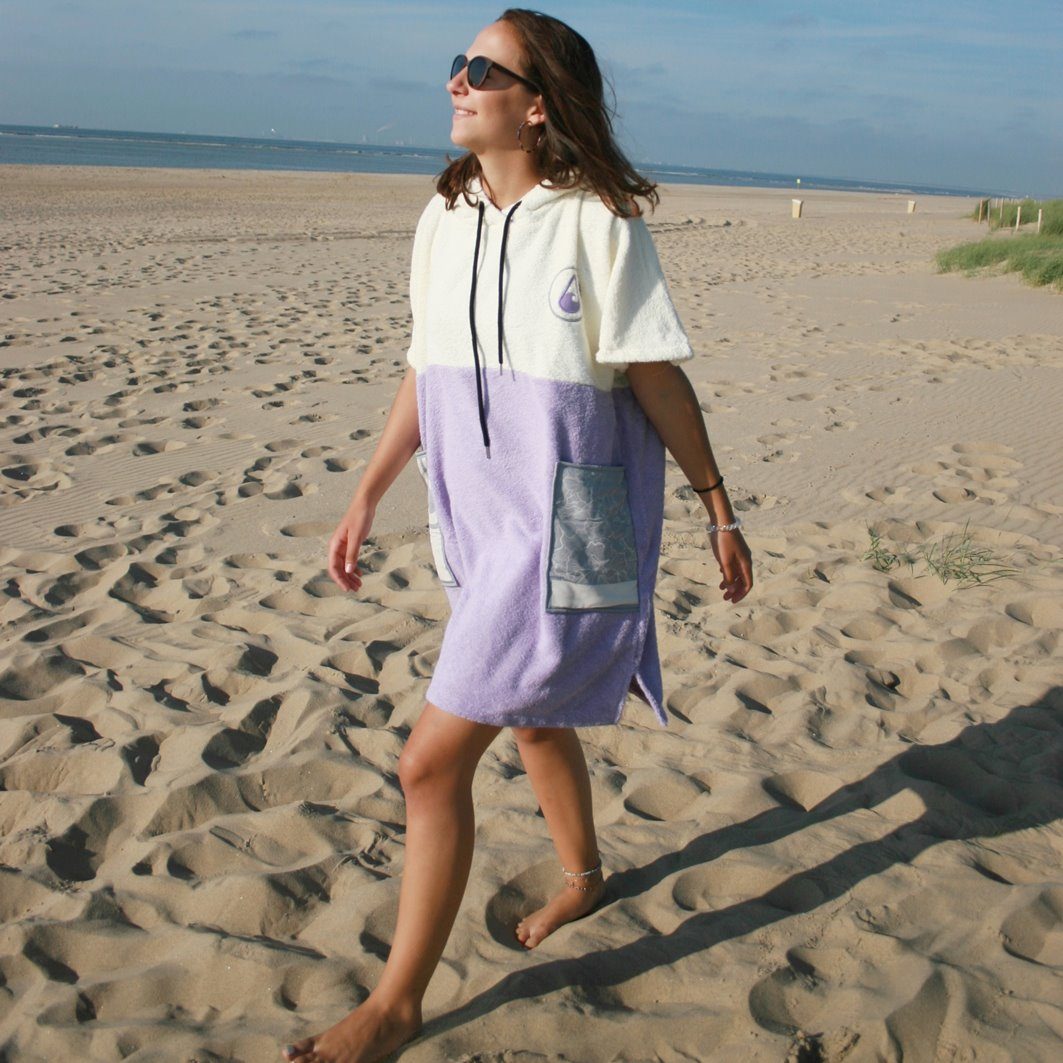
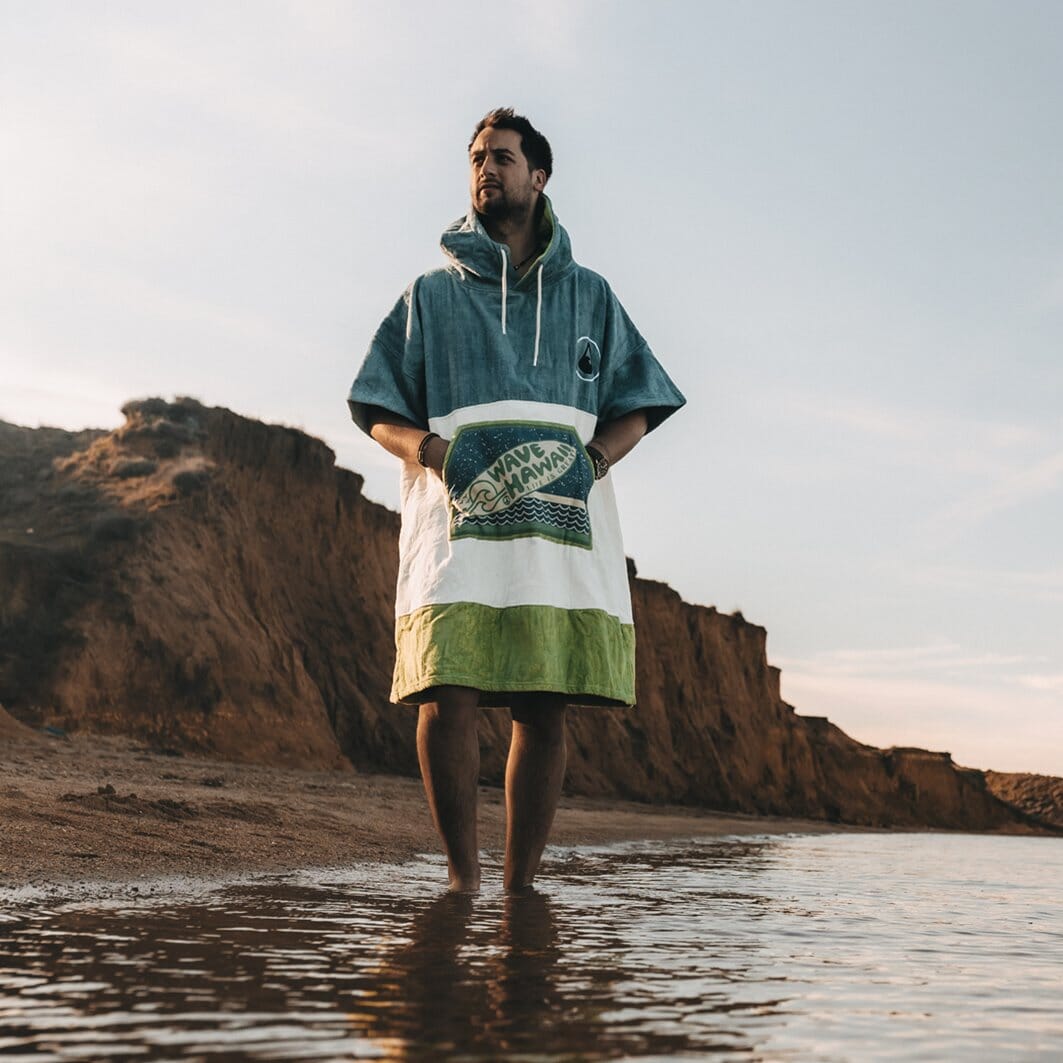

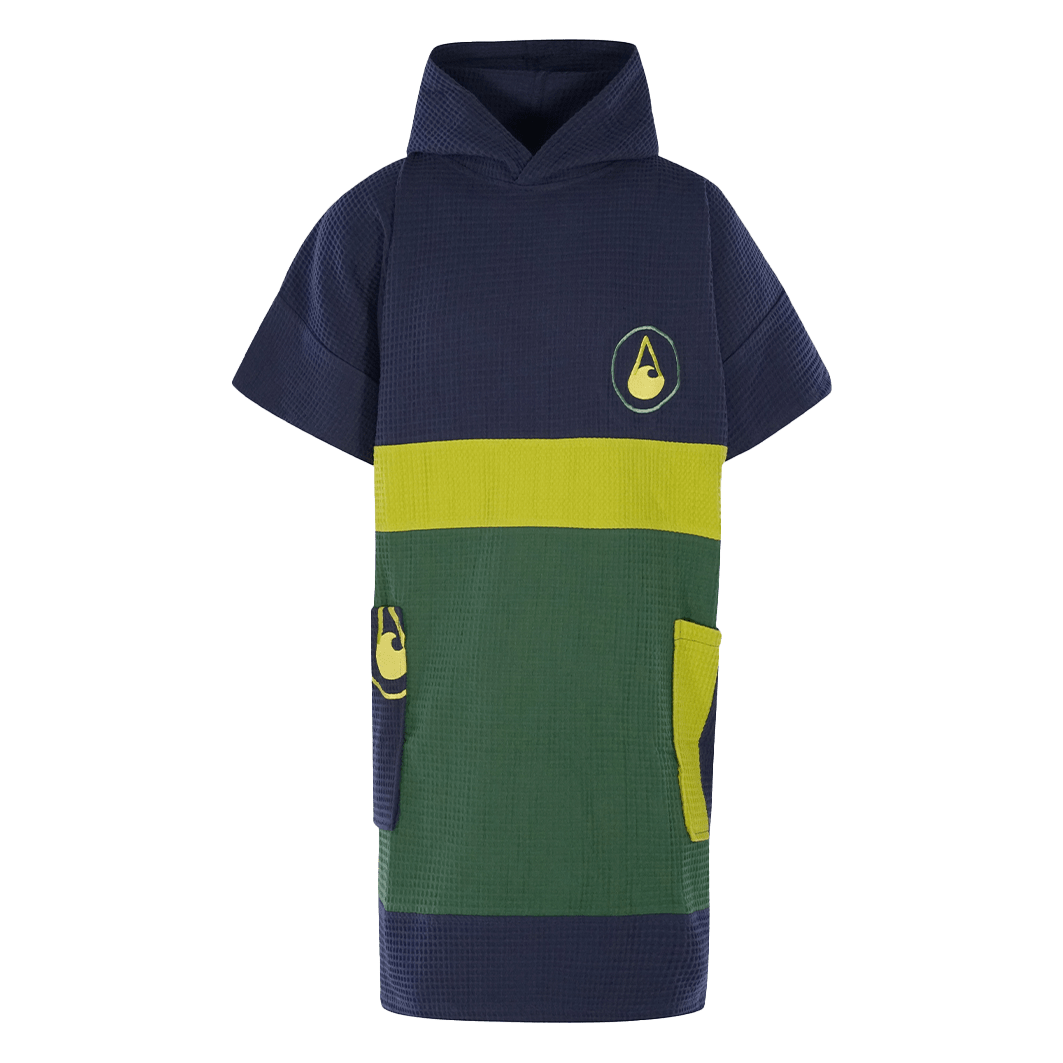
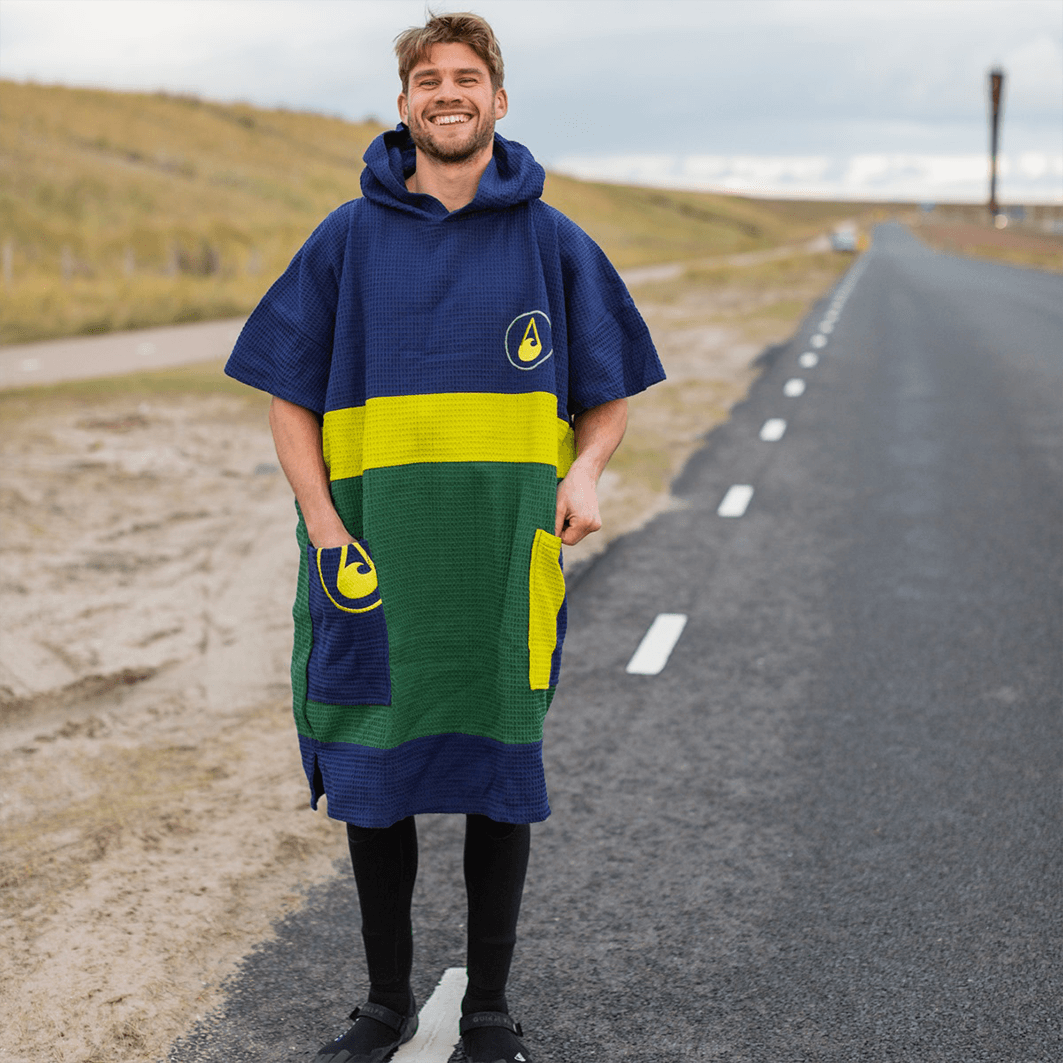

Leave a comment
This site is protected by hCaptcha and the hCaptcha Privacy Policy and Terms of Service apply.